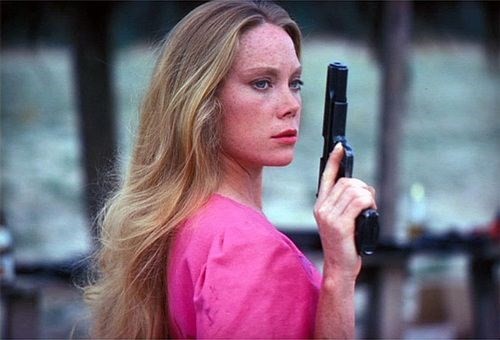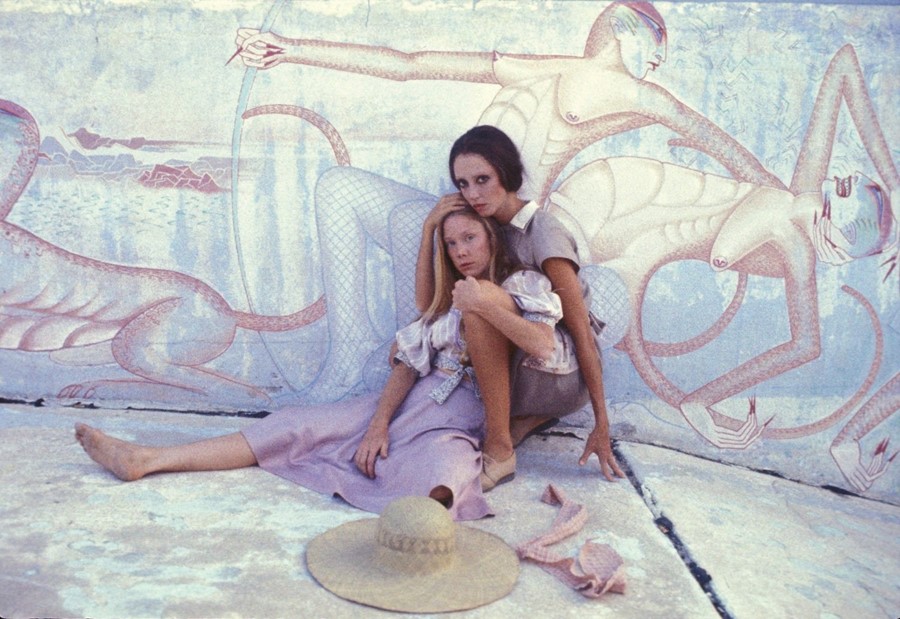We decode the sinister, seventies sisterhood of Sissy Spacek and Shelley Duvall in Robert Altman's surreal masterpiece
When Robert Altman conceived his cinematic masterpiece 3 Women, he was in what he terms "a desperate state": he had fallen out with Warner Brothers over another film that he was working on, and then had to rush his wife to an emergency hospital. That night, he dreamed of the film’s title, of Shelley Duvall and Sissy Spacek, of personality theft and instructing his producers to find a desert location – then, upon waking, he went and immediately got this extraordinarily vague premise financed by Fox. That’s the sort of story that one often takes with a pinch of salt, one that makes a creative narrative just too conveniently romantic – but, after watching the surreally sinister and compelling film that resulted, one is utterly convinced he’s telling the truth. Sitting through 3 Women is a little like entering a fugue state: it’s simultaneously mesmerizing and anxiety-inducing, visually enchanting yet disturbingly uneasy. It is disorientingly perfect; a bit like waking up from a poorly-timed afternoon nap.
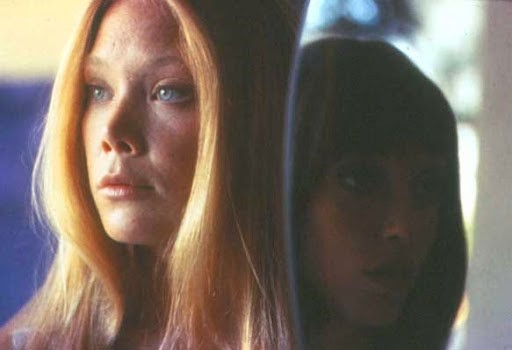
The central premise of 3 Women is that a doe-eyed Sissy Spacek arrives alone in a Texan desert-scape before being befriended by the agonizing figure of Shelley Duvall – a woman who works at a nursing home, but predominantly spends her time painstakingly preening her appearance or planning dinner parties and dates that never materialize. "Sissy was like a soul who had appeared on the planet and said 'how do I make myself a person?'" explains Altman on the director's commentary of the film. "And she was going it by mimicking Millie. She was like an alien who says, 'how do I hide myself in this world? Oh, I’ll become that person.'" And, as Spacek appropriates the self-styled confidence of Duvall, leaving Duvall to adopt her own timidity, their interdependence blurs them into one: they are halves of a whole, their universe watercoloured into a dreamscape by the menacing murals painted throughout their environs by the namesake third woman, Janice Rule. Here we examine the lessons we can learn from the bizarre quirks of the trio – not to mention their exceptional wardrobes.
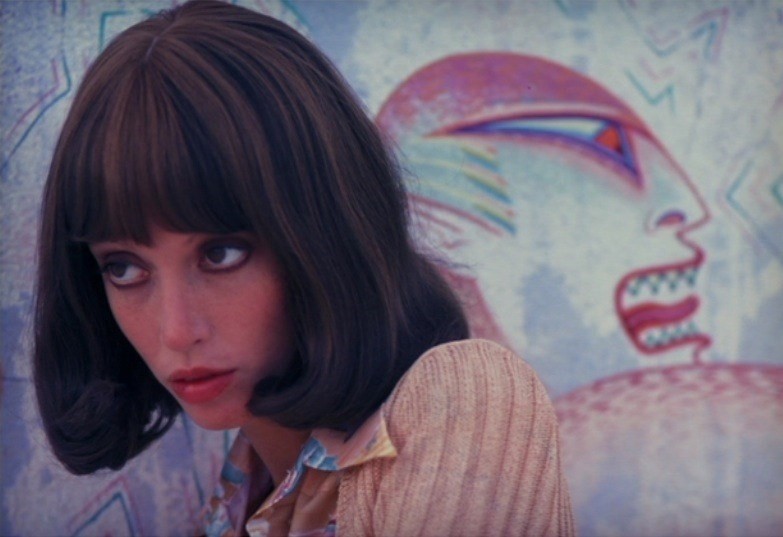
1. Nothing looks as good as the seventies
During a time when Alessandro Michele is being hailed as fashion's lord and saviour, saccharine palettes and abundant frills are all the rage – and nobody wears them as well as Shelly Duvall dressed as Millie. Spacek – as Pinkie – described her as "the most perfect person I’ve met" and, with her assortment of girlish prarie dresses and housecoats co-ordinated by costume designer Jules Melillo, we are inclined to agree (aesthetically, at least). Plus, her haircut is so enviable that it's the sort you might print out and take to a salon: her mental stability might be questionable, but her thoroughtly-considered self-presentation is on point. She continually primps and preens in front of mirrors and windows, consolidating the idea that she is playing a fictionalised version of the ideal womanhood she strives to represent – and while her efforts are in vain (her dates continually fall flat, her self-assuredness simply masking a deep, painful insecurity), they are very much on trend.
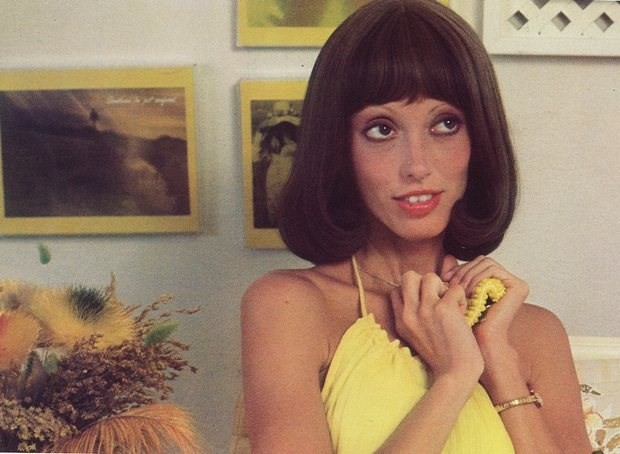
2. One ought choose a recipe by contemporary fashions
The strange unreality of 3 Women is punctuated by moments of sheer banality: conversations about how one might re-upholster a sofa, how clocking in and out at the geriatric facility works, and the minutae of recipe preparation that Millie has picked up from generic women's magazines: "she knew how she was meant to be, and look; there was no Millie... all she wanted was to be accepted," explained Altman. Everything about her is consciously decided in accordance with contemporary fashions – "today, she would be a Republican" Altman laughs.
Banana Pops ("frozen bananas dipped in hot chocolate and then, before they dry out, rolled in rice crispies"), biscuits covered in spray cheese and olives, stuffed peppers – each of these seventies classics is selected by Millie by virtue of its length of preparation, and its accordance with contemporary trends. There is perhaps nothing more heartbreaking than when she spends all day meticulously preparing one of her "special dinner parties", complete with pigs in a blanket, Pringles and chocolate pudding tarts, and nobody turns up. But all is not lost: now any viewer is aware of the menu and methods of preparation for a perfectly homely seventies dinner.
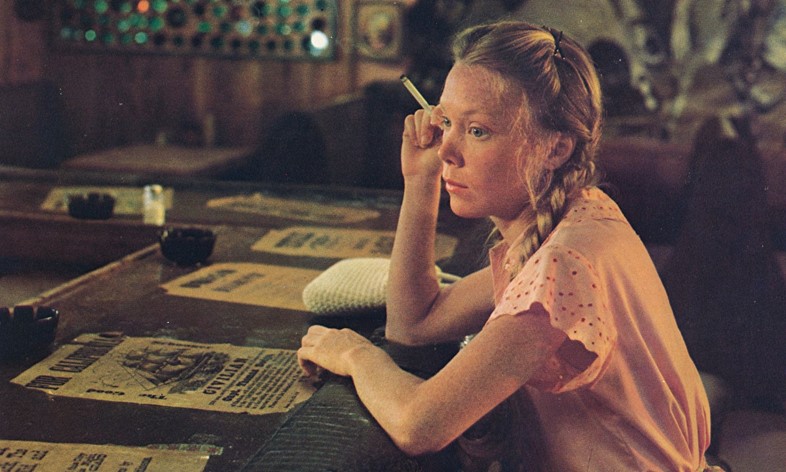
3. Make it up as you go along
Robert Altman is a director whose approach to film-making is thoroughly impressionistic and, for 3 Women, he was loathed to write a script but preferred to let his actors immerse themselves in their characters. We "kind of made up as we went along," he explains – Duvall even wrote her own diary entries and conversation points, decided her own fantasies and lipstick preferences, even shopped for her own ingredients for the meals. "To me [films are] more like paintings," said Altman, "it’s more about a visual idea and getting impressions from a visual idea… my ideal film would be a painting with music." Each of the actresses was given a seemingly complete freedom in interpreting their role, Altman acting as a conduit for their performances rather than instructing them.
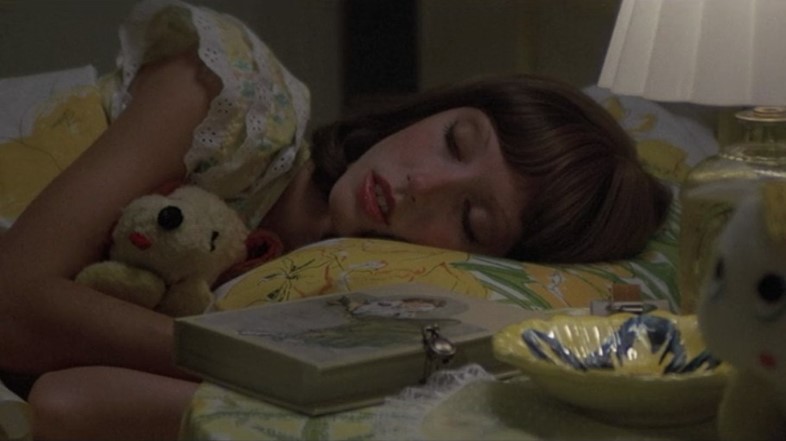
4. Dreams mean everything
In his review of 3 Women, Roger Ebert writes that "in dreams we test new identities, cast our friends in shifting roles, and find ourselves inexplicably at new jobs or in new places" – and in the film itself, each of the three women seems to occupy a traditional role of the feminine: Millie the practiced flirt, Pinky the naive child and Willie the resigned mother. While they each technically play a separate character, there is something about the film that makes one imagine they are each just a part of a whole, "each one lacking what the others possess," that perhaps they are not three women but instead just one – the entire narrative a dreamed, Jungian exploration of the female psyche.
With plentiful swimming pools and water scenes (in fact, the opening was designed to evoke the idea of amniotic fluid), we are submerged within a world that is less about narrative and more about experience: tangiable reality comes second to a lucid, uneasy understanding of what the world and womanhood might truly mean. "Is the film a dream or series of dreams? Are the interdependent women a single person? Are the three settings symbolic of a false, decaying American past, present and future?" asks film critic Philip French. None of these questions are even remotely answered – neither by the film, nor by Altman's subsequent commentary – but the beauty of 3 Women is in their being asked.
